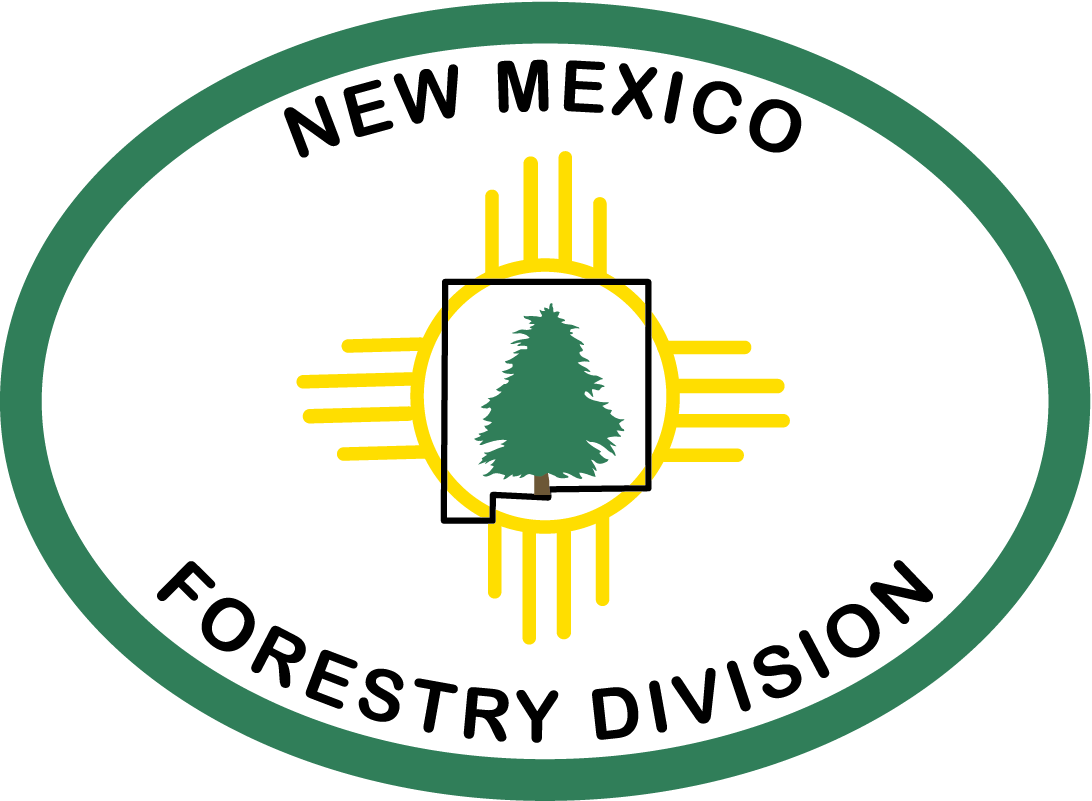Salt & South Fork Watershed Stabilization & Hazard Tree Mitigation Assistance Request
Important Update: We’re excited to share that the New Mexico Forestry Division has transitioned to a new application tracking system—Smartsheet—for the South Fork Fire Watershed Stabilization Program.
Please find the new application form here: South Fork Watershed Stabilization and Hazard Tree Removal Application
This upgrade brings several benefits:
- You will soon be able check your application status anytime using your unique Submission ID.
- Our new system will automate key communications, allowing staff to focus more on planning and implementation.
- It will reduce email clutter and improve transparency throughout the process.
What to expect next:
- You’ll begin receiving emails from automation@app.smartsheet.com and forms@app.smartsheet.com. These emails are safe and important—please add them to your contacts to avoid important messages being sent to your spam folder.
- Emails will include your Submission ID and may request additional documentation. Be sure to read them carefully and follow any instructions provided.
- You will soon (early January 2026) be able to look up your application status anytime at the Division's website: Post Wildfire Coordination - Forestry
We’re confident this transition will make things smoother and more efficient for everyone. If you have questions, feel free to reach out to us at emnrd-southfork@emnrd.nm.gov.
The State of New Mexico, Energy, Minerals and Natural Resources, Forestry Division (Forestry Division) is accepting requests for post-fire erosion and hazardous tree mitigation assistance from landowners impacted by the Salt and South Fork Fires. The Forestry Division is utilizing contractors who will conduct site assessments and carry out post-fire projects. The Forestry Division will have sole discretion to determine appropriate post-fire practices to be implemented on the landowner's behalf.
Please be advised that the initial phase of property assessments for our post-fire recovery program has been completed, and our assessment contractors have demobilized. While we are no longer scheduling new assessments at this time, we encourage interested landowners to continue submitting their applications and supporting documentation. We anticipate additional funding for this crucial program in the future, which may allow us to remobilize contractors to conduct further assessments. Please understand, however, that the resumption of assessments cannot be guaranteed at this time.
To learn more about this program, please visit the Forestry Division South Fork Fire website.
**This opportunity is separate from the NRCS Emergency Watershed Protection program and from DHSEM's Private Property Debris Removal program and requires completing this application.
Eligibility
Landowners requesting assistance will be evaluated for eligibility based on the following criteria:
1. The property must be located in Lincoln County and within the boundaries of the Salt and South Fork burn scars.
2. The landowner must provide evidence of property ownership by providing plats, deeds, and/or title insurance.
3. Hazard trees on the property must be located within a distance that is twice the tree's height from roads and/or structures. Hazard trees include disaster-damaged trees that:
a. are leaning more than 30 degrees,
b. have more than 75% canopy damage for Ponderosa pines, or more than 50% of canopy damage for other tree species;
c. have split trunk exposing the heartwood, or
d. have 40% exposed roots.
Areas of Priority
Properties will be prioritized for assistance to maximize long-term watershed recovery, focusing on areas with the greatest risk of erosion that may contribute to debris flows and impact downstream communities. Prioritization will be based on:
1. Proximity to other landowners who have requested assistance will receive priority. This will enable the Forestry Division to use funding efficiently by reducing contractor mobilization costs.
2. Location in a watershed, with areas higher in the watershed receiving priority.
3. Burn severity, with higher burn severity properties receiving priority.
4. Terrain features, with areas having steeper slopes receiving priority.
The Program
The Forestry Division will receive the landowner's requests and verify eligibility.
1. The landowner will complete a Right-of-Entry Agreement which gives the Forestry Division and its contractors permission to enter the property for the purpose of conducting hazard tree mitigation and post-fire erosion control.
2. A planning contractor will contact the landowner to schedule a site visit and develop a map indicating which trees are eligible for removal, sites chosen for erosion control structures, and how slash (tree residue) will be treated.
3. The planning contractor will submit the plan to the Forestry Division which will identify recommended post-fire practices for the property.
4. The Forestry Division will review the plan and work with the planning contractor on any necessary revisions.
5. The Forestry Division will engage project contractors to implement approved plans.
6. Work can begin on the landowner's property in accordance with approved plans.
Questions? Review our Frequently Asked Questions document.
**For assistance with your application or questions about your application, please email:
EMNRD-Southfork@emnrd.nm.gov
